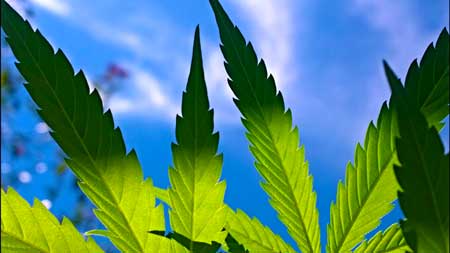Hi,
I've been reading tons of recipies on cannaoil and think I've decided on this one (https://www.dudegrows.com/make-poten...-canna-butter/) as it's my first time making edibles and I don't want to mess with everclear... I have a ounce of trim and 85g of bud but I'm trying to just use just the trim - would you suggest the above method (seems easy) and do you have any improvements to it?
I've been reading tons of recipies on cannaoil and think I've decided on this one (https://www.dudegrows.com/make-poten...-canna-butter/) as it's my first time making edibles and I don't want to mess with everclear... I have a ounce of trim and 85g of bud but I'm trying to just use just the trim - would you suggest the above method (seems easy) and do you have any improvements to it?



Comment